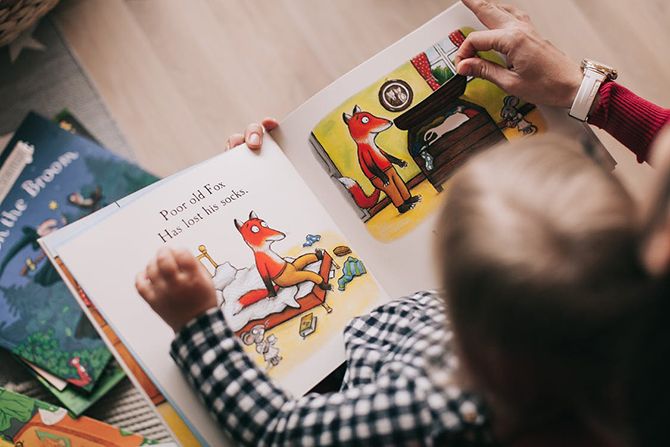
Have you ever noticed that children prefer illustrated narrative books over standard textbooks in schools? It has a lot to do with the proverb, “ A picture is worth a thousand words”. Illustrations add more clarity in explaining the stories for children and increase engagement in the reading process. Whether you're a child or an adult, images can make a book more enjoyable and simpler to read, as well as help keep the reader's attention. Pictures can allow readers to imagine themselves exploring the world and making connections between what they have just read and a visual image. When readers associate what they've read with images, the book becomes more vivid.
We often tell kids that reading books is essential because it enriches their knowledge and understanding, yet we never seem to persuade them to do so. To get your children into reading, you have to motivate and arouse interest in them, keeping in mind that children are not much into the storyline and long texts and prefer to see pictures on every page. Introducing a child to a story book full of pictures is the first step to initiating their reading journey. Illustrations encourage them to develop an interest in reading books, and as a result, they begin to find it engaging and exciting to read books and grasp the pictures. Characters with visual appeal immediately grab the attention of children. Illustrated books help young children interpret stories and give young readers a quick glimpse of the story’s characters, scene, and mood.
As a parent or a teacher, breaking down a topic into understandable information is the most difficult challenge to overcome when educating a child. For an adult, comprehending long texts and paragraphs is relatively easy, but it is more difficult for children. But, the visuals in the books can help ease the process of learning. For instance, we may show them the graphics and ask them to see what is happening there and then explain what is going on. Pictures help young children to visualize the story. If they don’t understand the words, the pictures can help them determine the meaning. Even when there are hard-to-grasp contexts like honesty, integrity, empathy, distinguishing good from evil deeds, bullying, a picture accompanying texts will demonstrate how to model their actions in children.
It’s a lot of joy to read illustrated books! Reading and looking at picture books should be something that a child looks forward to every day. If reading becomes a tedious chore, children will not naturally continue further. And it's the variety of pictures and graphics that keep them fascinated in reading.